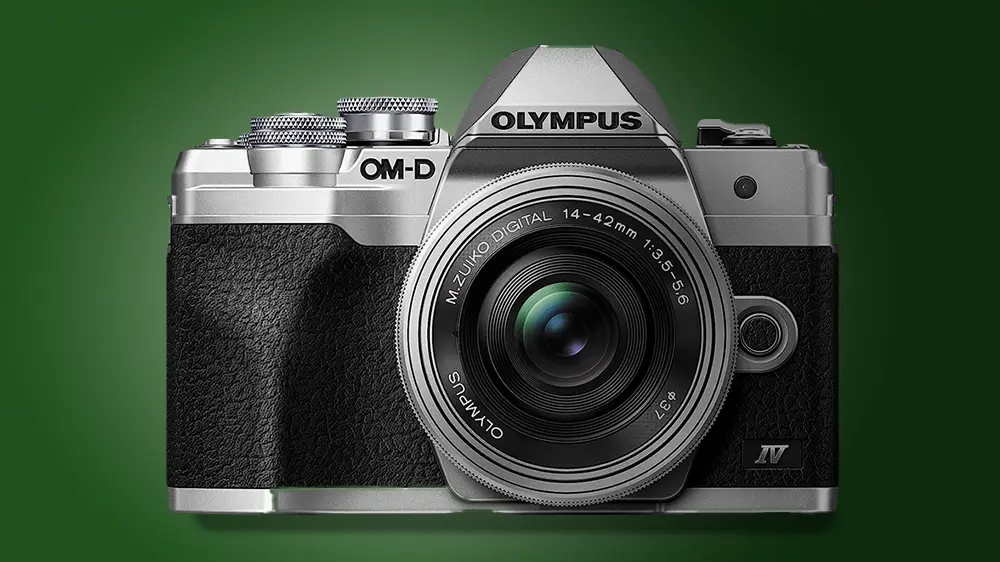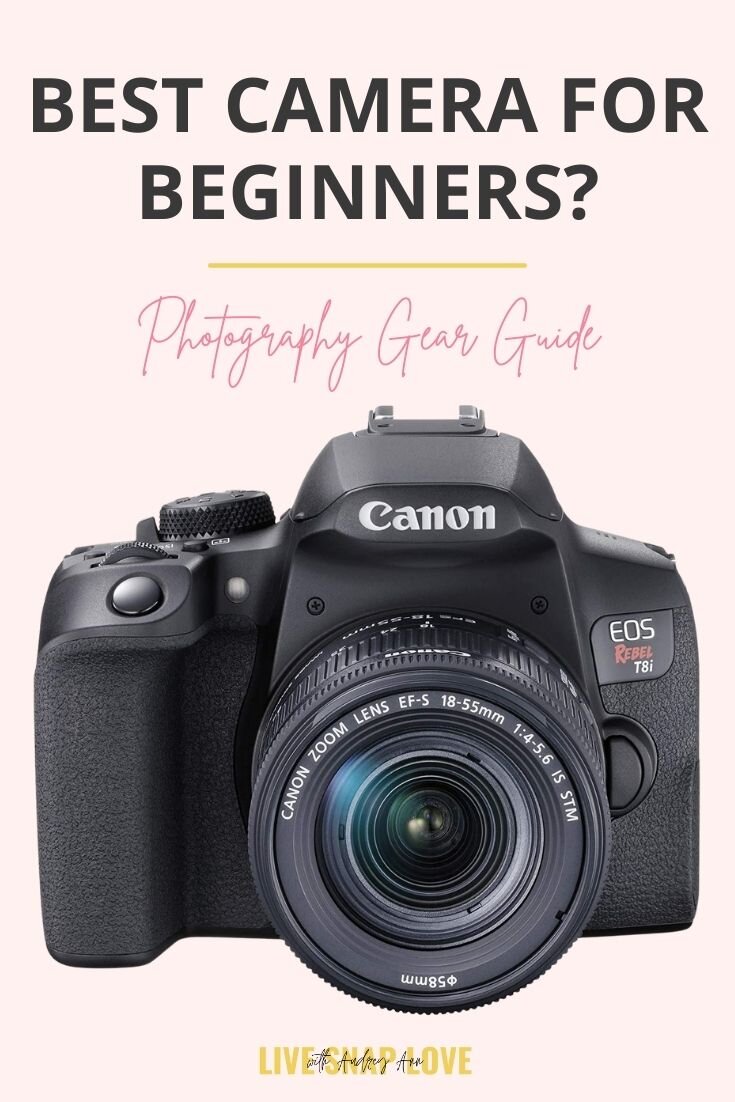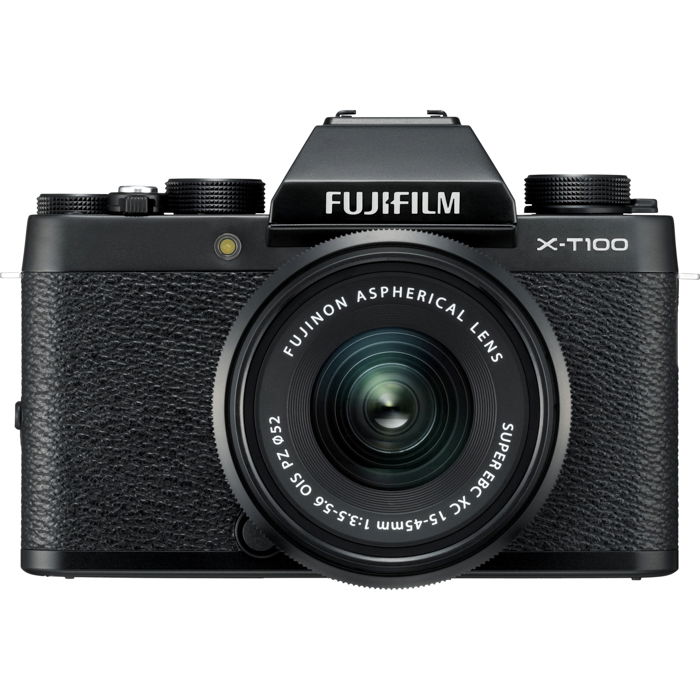[Best camera for photography beginners]

What you will learn
Executive Summary

Choosing your first camera can feel overwhelming. The market is flooded with options, each boasting impressive features and confusing specifications. This comprehensive guide cuts through the noise, helping absolute beginners navigate the world of photography and select the perfect camera to kickstart their creative journey. We’ll explore key features, budget considerations, and essential accessories, ensuring you make an informed decision that empowers you to capture stunning images from day one. Forget the jargon; we’ll speak plain English, making your camera-buying experience easy, enjoyable, and ultimately, successful.

Introduction
Stepping into the world of photography can be both exhilarating and intimidating. With countless camera models available, finding the right one for a beginner can feel like searching for a needle in a haystack. This guide aims to simplify the process, offering practical advice and recommendations for choosing a camera that perfectly matches your needs and budget. We’ll explore various camera types, essential features, and factors to consider before making your purchase. By the end, you’ll be equipped to confidently select a camera that sets you on the path to becoming a proficient photographer.
Frequently Asked Questions
- Q: What type of camera is best for beginners?
A: For beginners, a mirrorless camera or a good quality DSLR are excellent starting points. Mirrorless cameras generally offer more modern features and are often smaller and lighter. DSLRs, while potentially bulkier, provide a more tactile shooting experience and are sometimes more affordable.
- Q: How much should I spend on my first camera?
A: The best cameras for beginners are those within your budget. You can find excellent entry-level cameras in the $400-$800 range. However, the most essential is that you choose a camera that inspires you to shoot regularly and improve your skills, regardless of its price. Prioritize features that will aid your learning curve rather than just seeking the most technically advanced model.
- Q: What accessories do I need?
A: Start with the essentials: a good quality SD card (at least 64GB), an extra battery, and a camera bag to protect your investment. Consider a lens cleaning kit and a basic tripod as well, which can drastically improve the quality and versatility of your photography. Beyond that, additional lenses and accessories can be added gradually as your skills and confidence grow.
Understanding Sensor Size
The camera’s sensor is arguably the most crucial component impacting image quality. A larger sensor captures more light, resulting in better performance in low-light conditions and a shallower depth of field (that pleasing blurry background effect).
- APS-C Sensors: These are a popular choice in entry-level cameras, offering a good balance between image quality, size, and price. They are significantly larger than smaller sensors found in smartphones.
- Full-Frame Sensors: Found in more professional cameras, full-frame sensors offer superior image quality, particularly in low light. However, they are considerably more expensive.
- Sensor Resolution: While megapixels matter, they aren’t the sole determinant of quality. A higher resolution means larger image files, allowing for more significant cropping without loss of detail. Prioritize image quality over sheer megapixel count, especially as a beginner.
- Image Stabilization: This is crucial for sharp images, especially when shooting handheld. In-body image stabilization (IBIS) compensates for camera shake, reducing blurry photos, even with longer lenses.
- Low-Light Performance: Consider the camera’s low-light capabilities if you plan on shooting in dimly lit conditions. A larger sensor and effective image processing will minimize noise (graininess) in your images.
- Dynamic Range: This refers to the range of tones a sensor can capture, from the brightest highlights to the darkest shadows. A wider dynamic range means more detail is preserved in both highlight and shadow areas of your image.
Lens Selection: The Eyes of Your Camera
The lens is just as important as the camera body itself. Different lenses provide various creative capabilities. As a beginner, focusing on versatile lenses is key.
- Kit Lenses: Most cameras come with a versatile kit lens, usually a zoom lens covering a wide focal range (e.g., 18-55mm). These lenses are a great starting point and allow you to experiment with different perspectives.
- Prime Lenses: These lenses have a fixed focal length (e.g., 50mm). They generally produce sharper images with wider apertures (lower f-numbers), ideal for creating beautiful background blur. They force you to think creatively about composition.
- Zoom Lenses: These allow you to change the focal length without changing lenses. A versatile zoom lens is perfect for various shooting situations, from landscapes to portraits.
- Aperture: This controls how much light enters the camera, influencing depth of field. Lower f-numbers (e.g., f/1.8) create a shallow depth of field, ideal for portraits. Higher f-numbers (e.g., f/8) create greater depth of field, better for landscapes.
- Focal Length: This determines the field of view. Shorter focal lengths (wide-angle) capture a broader area, while longer focal lengths (telephoto) magnify distant subjects.
- Autofocus System: A quick and accurate autofocus system is crucial for capturing sharp images, especially of moving subjects. Look for cameras with a reliable autofocus system, particularly if you plan on shooting sports or wildlife.
Understanding Autofocus Modes
Mastering autofocus is key to capturing sharp images. Different modes suit different situations.
- Single-Point Autofocus: Select a specific point on the subject to focus. Useful for stationary subjects.
- Zone Autofocus: Focuses on a group of points within a selected area. Useful for subjects that are moving slightly within a predictable area.
- Continuous Autofocus (AI Servo): Tracks moving subjects, continuously adjusting focus to maintain sharpness. Ideal for sports and wildlife photography.
- Auto Area Autofocus: The camera automatically selects the focus point, often based on face and object recognition technology. Great for general use, especially when you’re less focused on precise focus points.
- Manual Focus: Provides complete control over focus. Useful for creative effects or when autofocus struggles, such as macro photography.
- Back Button Focus: Separates autofocus from the shutter button, providing more precise control and preventing accidental autofocus when you only want to recompose your shot.
Mastering Exposure Settings
Exposure determines how bright or dark your images are. Understanding aperture, shutter speed, and ISO is crucial for taking control of your photography.
- Aperture (f-stop): Controls the amount of light entering the lens and influences depth of field.
- Shutter Speed: Controls how long the sensor is exposed to light, influencing motion blur. Faster shutter speeds freeze action, while slower shutter speeds can create motion blur.
- ISO: Measures the camera’s sensitivity to light. Lower ISO values (e.g., ISO 100) produce cleaner images but require more light. Higher ISO values (e.g., ISO 3200) allow shooting in low light but can introduce noise (graininess).
- Exposure Modes: Experiment with different exposure modes like Aperture Priority (Av or A), Shutter Priority (Tv or S), and Manual (M) to gain more control over your images. Start with the automatic modes and gradually progress to more manual control as you develop your skills.
- Exposure Compensation: Adjusts the exposure to make your images brighter or darker than what the camera automatically suggests. Useful for fine-tuning the exposure in various lighting conditions.
- Histograms: Learn to interpret histograms to ensure your images are correctly exposed, preventing clipped highlights (loss of detail in bright areas) and blocked shadows (loss of detail in dark areas).
Choosing the Right Camera for You
Ultimately, the best camera for a beginner is one that is easy to use, inspires you to shoot regularly, and falls within your budget. Don’t get caught up in technical specifications; prioritize a camera that you enjoy using and that encourages your creative exploration. Consider renting or borrowing different cameras to test them out before committing to a purchase. Start with the fundamentals and allow your skills to develop naturally. The journey of photography is as rewarding as the final image; enjoy the process!
Embarking on your photography journey is an exciting venture, and selecting the right camera is the crucial first step. Remember, the perfect camera isn’t about the highest specifications or the most expensive price tag, but rather the one that fits your unique style and aspirations. This guide provides a stepping stone toward making an informed decision. By understanding the fundamental elements outlined above, you’ll be equipped to choose a camera that empowers you to capture stunning images and embark on a fulfilling photography journey. Remember to practice, experiment, and most importantly, have fun! The world of photography is vast and rewarding; embrace the learning process and enjoy the creative freedom it offers.
Keywords:
[beginner camera], [best camera for beginners], [mirrorless camera], [DSLR camera], [photography tips]







![Fitbit Charge HR Wireless Activity Wristband-Black, Small [Renewed] smart health watch](https://www.bwellmart.com/wp-content/uploads/2019/12/Fitbit-Charge-HR-Wireless-Activity-Wristband-Black-Small-Renewed-smart-health.jpg)
